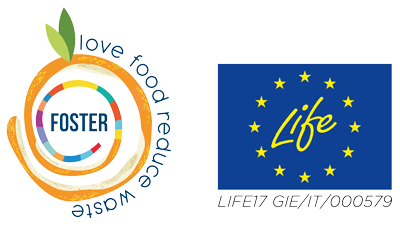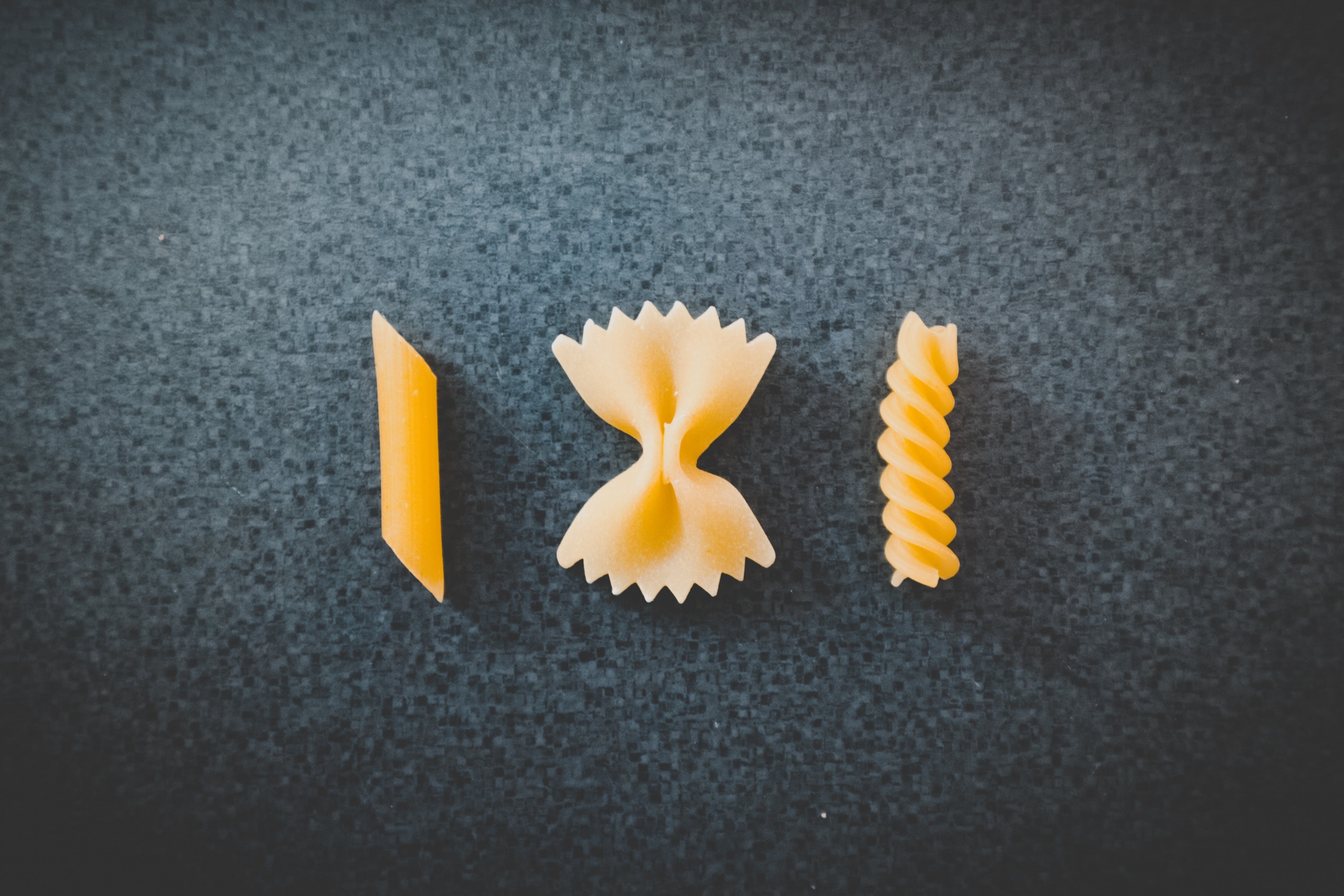Food design and food marketing play a significant role in today´s fast-paced world. For this reason, experts of many fields collaborate to create products and eating spaces as appealing as possible. The aim is to attract consumers, so they feel drawn to buy a particular item or eat in a specific place. For example, food packaging designers have to work with scientists to create a package that will allow food to stay fresh when it reaches the consumer´s table. After designing the product, food marketing places the food products on the market to promote sales and increase the company´s profit.
Food design
Food design is a widely creative discipline that combines art, culinary industry and science. In addition, there is a significant portion of psychological influence that a particular food or packaging design has on a consumer. For example, big supermarkets use it to put the most appealing products on their shelves and raise the selling rates. Also, chefs use it to make the food more tempting when served on the plate. In other words, the application is extensive.
Food design is a relatively new field that encompasses few categories: preparing, transporting, cooking, serving, and, of course, eating food.
For example, the food design category uses food as the material for designing and producing. This category creates a product for mass production, and the design is often recognizable (Pringles or some pasta brands). On the other hand, design with food category makes edible products that are not intended for mass production (restaurant food). Food design also includes designing food spaces such as restaurants and kitchens, as well as anything that has to do with preparation, cooking, serving and transporting food (pans, pots, blenders, toasters, and such).
Food marketing
Designed product or newly opened restaurant is necessary to promote, so the customers learn about them. Without marketing, developed products and places wouldn´t reach enough audience to make this product or eating space profitable.
Marketing includes branding, sales promotions, social media posts, commercials, and product placement through TV, movies, music, articles, etc. In addition, it uses powerful psychological methods that greatly influence our food choices. Even more so, internet advertisements became more sophisticated over time, making it harder to recognize that a specific product is being offered to us while browsing the internet. By now, it is broadly known that the companies use our web browsing history and purchasing activity to deliver certain ads.
Although using psychology in marketing is not inherently wrong, many companies push the products without much nutritional value that damages our health. This includes processed products with lots of saturated fats, sugar and salt. Thus, if we are not aware of the subliminal marketing techniques that direct buying certain products, we might unconsciously worsen our diet by buying and eating unhealthy foods.
Conclusion
All in all, food design is undoubtedly an interdisciplinary artistic field that requires a lot of knowledge to make food appealing and, more importantly, fresh when we eat it. However, it is crucial to have a high awareness of the food we buy and eat, no matter how well designed they are or how interesting the food marketing made them look. Our health and eating choices should be solely under our control, so recognizing the marketing strategy and avoiding impulsive buying of unnecessary and unhealthy products is the way to go.


